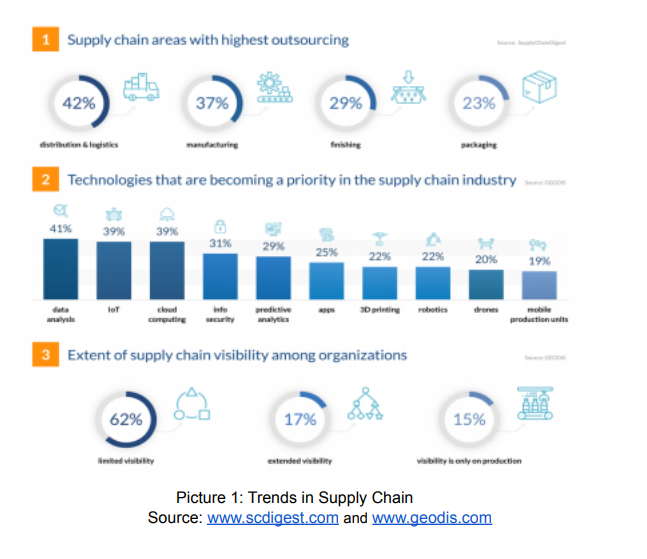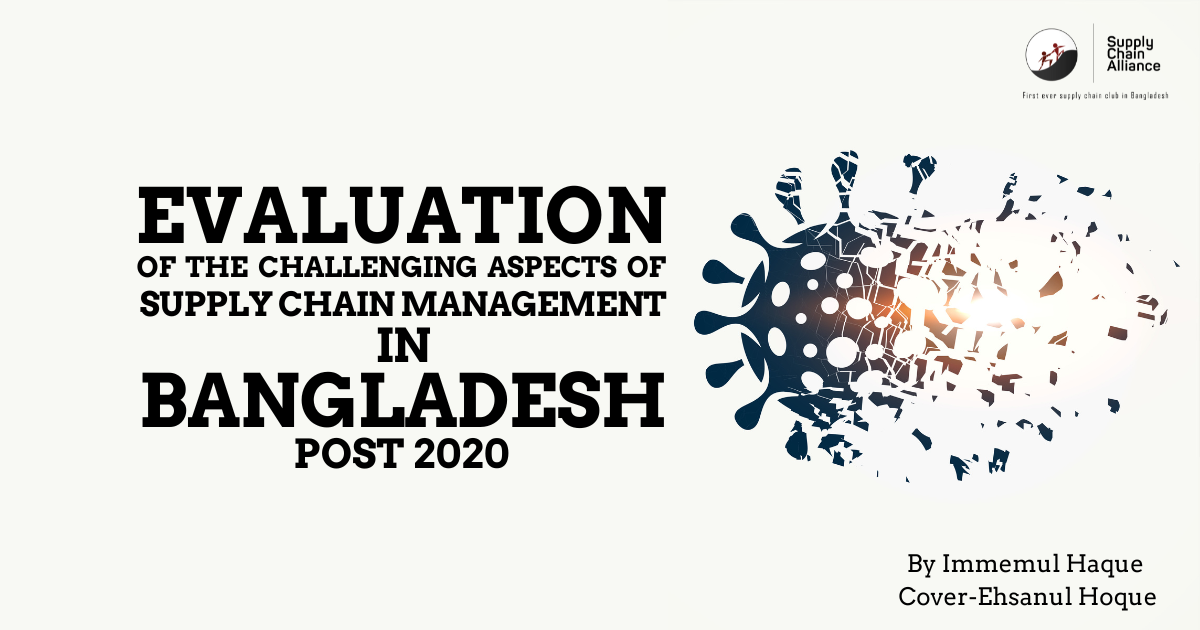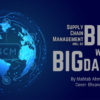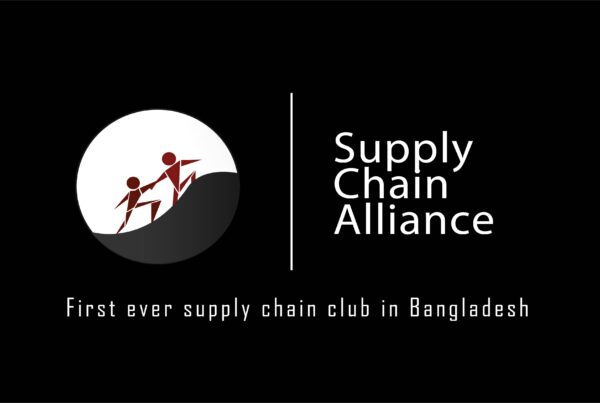Supply Chain Management (SCM) is commonly known as the broad concept that helps organizations source raw materials for the production of goods and services and deliver them to the final consumer. The benefits of having an established SCM process has been highlighted during the COVID-19 pandemic in Bangladesh. Organizations that have been focusing on the subject have been able to operate profitably even when the economic climate was not favourable for businesses. In this article the changing aspects of SCM that have emerged as challenges post 2020 and contingencies that may help to deal with these challenges will be discussed.

Challenge 1: Uncertainty
During the COVID 19 pandemic, organizations that found it sufficient to have knowledge limited to its Tier-1 suppliers were given ample reasons to reconsider their decisions. It had been discovered that China was a major source of raw material supplier for many businesses in Bangladesh. Lockdowns and international trade restrictions in the country only meant production halts for organizations relying on it for their raw material supplies. The complex nature of SCM had been ignored by organizations and this eventually led to loss in sales.
Consequences of Uncertainty
The crisis has highlighted the need for greater investment in understanding the complicacy of SCM. It has also allowed room for the planning of contingencies for future disruptions that may be a result of trade wars, natural disaster and civil unrest.
The recession led to the development of competitive advantage, solutions that are cost-effective and integration of automation throughout all platforms. Third-party and Fourth-party logistics were also developed to a greater extent as a result.
Ways uncertainty can be addressed
Data Collection
In a two-step process the problem of uncertainty can be addressed. It involved the development of Data Collection systems and the use of Prescriptive analysis.
The presence of greater quantity of data with regards to the industry of operation, the trends and audiences allows businesses to have increased insights that can be used to formulate SCM decisions (Hamza, 2021). This would require the development of systems of data collection across all fronts. Integration of artificial intelligence into these systems should ensure the accuracy and efficiency of the data collection system. During the pandemic, businesses that were least affected were the ones that made use of robust data collection systems.
Prescriptive analysis
The collection of data through established data collection systems can be identified as the first step. Organizations must utilise the data collected through Prescriptive analysis, which is formulated through the use of machine learning in combination with the collected data to aid the decision making process. Therefore the collection of data and identification of trends may lead to the development of contingencies that help companies formulate their SCM strategies with more efficiency.
Challenge 2: Dependency on single-sources
Businesses often followed the single-source supplier functions as it meant cost effectiveness before the Covid-19 pandemic. However it meant that disruptions would occur if the supplier faced shortages themselves (Logic, 2021).
Diversifying supplier sources to address the challenge
Unilever Bangladesh had a unique way of dealing with this problem. They acted upon Covid-19 since January 2020. Initially halting import of raw materials from China, the company shifted to imports from India. Afterwards, they re-sourced from China, Indonesia and Thailand. This offers a unique and tested solution for the problems associated with a single-source system. Unilever Bangladesh was one of the first companies to act upon COVID-19 and were able to adjust operations accordingly.
Practical approaches in use that help address the existing problems
This case further justifies the recommendation of the use of data collection systems and prescriptive analysis which was present in this article previously. The increased emphasis on Just In Time Inventory Management and other lean inventory management practices led to businesses reducing their inventory levels. The world-wide disruptions in SCM has now led to businesses deciding to use increased volumes of inventory or third-party sources of raw materials.
What can be apprehended
With Bangladesh’s growth rate of 8.2% in 2019 (GDP growth (annual %) | Data, 2021), Supply Chain Management has become an integral part for organizations to ensure sustainability and success. The Covid-19 pandemic has suggested that increased focus must now be placed on understanding the Supply Chain of a business. It does not simply require businesses to communicate with its suppliers. The new trends have suggested that emphasis must now be placed on the integration of automation and use of artificial intelligence across organizational functions to address the dynamic aspects of the current market where consumer expectations require businesses to ensure innovation and agility to achieve success. Most importantly, the lack of knowledge in the field has to be acknowledged and be adressed with data accumulation. Flexibility can also be expected to become vital.







